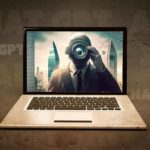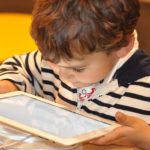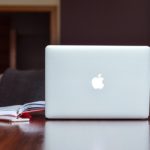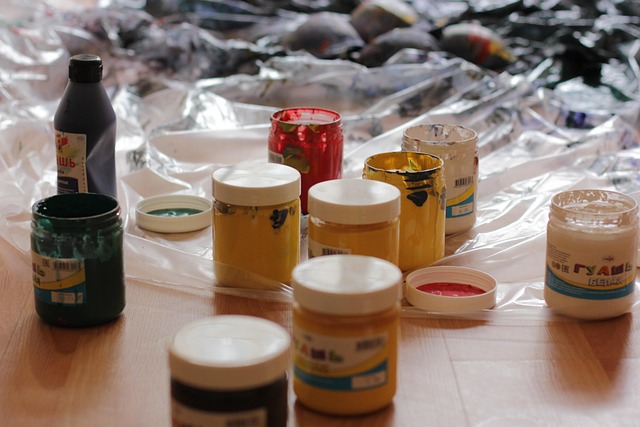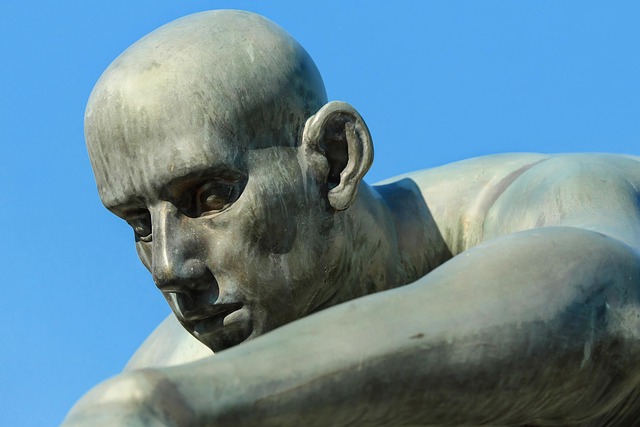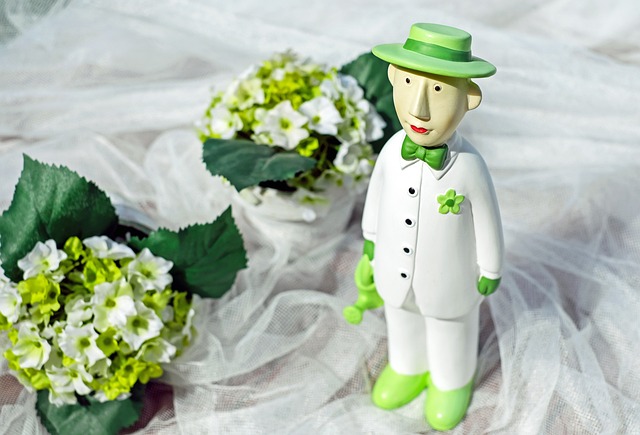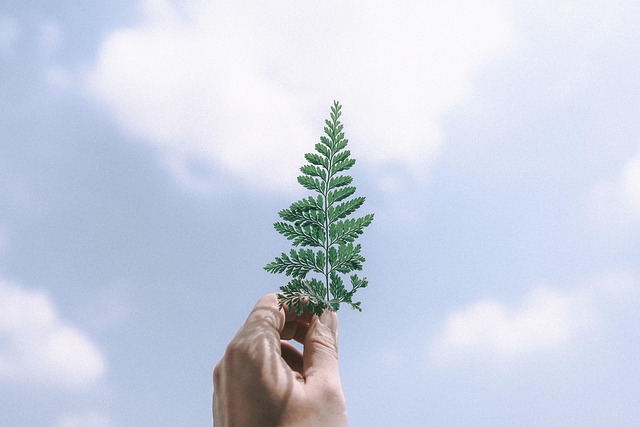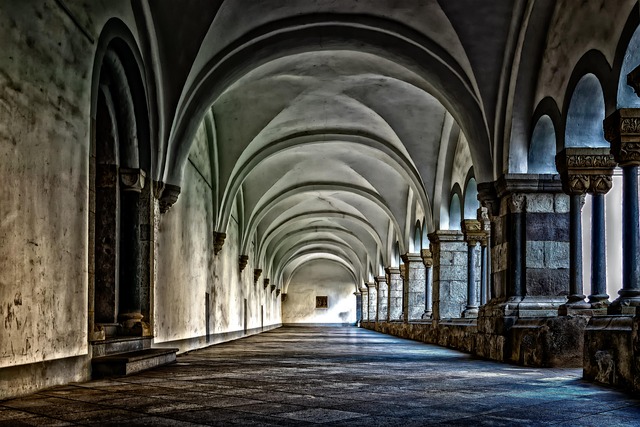# The Intersection of Art and Technology: Unveiling the Magic of AI-Generated Visuals
In recent years, the convergence of art and technology has become increasingly pronounced, leading to a renaissance in creative expression. One of the most fascinating developments in this domain is the emergence of artificial intelligence (AI) as a pivotal tool for artists. AI-generated visuals are not merely a novelty; they represent a profound shift in how art is created, perceived, and understood. This article explores the underlying mechanisms of AI in art, the implications for artists and audiences alike, and the ethical considerations that arise from this innovative intersection.
## Understanding AI in Art Creation
To grasp the impact of AI on the art world, it is essential to understand how these systems function. At the core of AI-generated visuals are algorithms that learn from vast datasets of images, styles, and techniques. Generative Adversarial Networks (GANs), for example, consist of two neural networks—the generator and the discriminator—that work in tandem. The generator creates images while the discriminator evaluates them, providing feedback that helps refine the output. This iterative process enables the creation of stunning visuals that can mimic or even surpass human artistry.
Equally important is the role of machine learning, which allows AI to analyze patterns and styles within existing artworks. By training on diverse datasets, AI can produce new pieces that blend various influences, resulting in unique creations that are often surprising and thought-provoking. Artists can leverage these capabilities to push the boundaries of their own work, exploring new styles and ideas that may not have been possible through traditional methods.
## The Impact on Artists and the Art Community
Artists are increasingly embracing AI as a collaborator rather than a competitor. This shift has opened up new avenues for creativity, allowing artists to experiment with forms and concepts that challenge conventional norms. For instance, some artists use AI to generate initial sketches or color palettes, which they then refine and develop into finished pieces. This collaborative approach not only enhances the creative process but also democratizes art production, enabling individuals with limited technical skills to engage in artistic expression.
Moreover, the art community is witnessing a growing acceptance of AI-generated works. Galleries and museums are beginning to showcase these pieces, sparking discussions about authorship and originality. The notion of the artist as a solitary genius is evolving; now, the artist can be seen as a curator of AI-generated content, selecting and shaping the output of algorithms to create meaningful works. This collaborative dynamic invites broader participation in the art world, encouraging a diverse range of voices and perspectives.
## Ethical Considerations and Future Implications
As with any technological advancement, the rise of AI in art raises important ethical questions. One major concern revolves around copyright and ownership. If an AI generates a piece of art, who holds the rights to that work? The artist who input the data, the developers of the AI, or the AI itself? This ambiguity can lead to legal complications and challenges in attributing creativity, prompting calls for clearer guidelines and policies within the art community.
Furthermore, the potential for AI to perpetuate biases present in training data cannot be overlooked. If the datasets used to train AI systems predominantly feature works from a particular demographic or cultural background, the resulting art may reflect and reinforce those biases. This highlights the need for a more inclusive approach to curating datasets, ensuring that AI-generated art represents a diverse array of voices and experiences.
Looking to the future, the integration of AI in art is likely to expand even further. As technology continues to evolve, we may see more sophisticated AI systems capable of creating immersive experiences, such as virtual reality installations or interactive artworks that adapt to viewer engagement. This evolution not only holds the potential to redefine artistic expression but also challenges our understanding of creativity and the role of the artist in society.
## Conclusion: Embracing the Future of Art
In conclusion, the intersection of art and technology, particularly through AI-generated visuals, is a dynamic and rapidly evolving landscape. Artists are discovering new tools and methodologies that enhance their creative processes, while audiences are invited to engage with art in novel ways. As we navigate this exciting terrain, it is crucial to remain vigilant about the ethical implications and strive for inclusivity in the datasets that inform AI systems.
Ultimately, AI-generated art is not a threat to traditional artistry but rather an expansion of the creative toolkit available to artists. By embracing this technology, we open ourselves to a world of possibilities, where the boundaries of creativity are continually redefined. As we stand on the cusp of this artistic revolution, it is clear that the magic of AI-generated visuals will continue to inspire and challenge us in the years to come.



